Round The World and other travels
A frequent flyer's collection of trip diaries
October 2015: Brighton
Brighton is situated a little over 50 miles from London on the south coast of England, and in many ways it provides a good example of the quintessentially British seaside resort. As I had only previously visited for a few hours, I took the opportunity to extend one of my 2015 London weekends and spend a night there before returning home from Gatwick Airport. It's an interesting enough destination and the Royal Pavilion in particular is a unique and outstanding feature, but as with so many other seaside resorts in the UK, there is an inescapable sense that the place is not what it once was. In a move that may have been partly motivated by a desire to give the area a boost, Brighton and neighbouring Hove were jointly raised to city status in 2000.
Royal Pavilion
The initial version of this building was constructed in 1787 as a royal retreat. It acquired the extraordinary form that we see today when it was extended by architect John Nash in the early 19th century, to a flamboyant design that featured Indian and Islamic influences on its exterior and Chinese-inspired internal decoration. The building passed to the town of Brighton in 1850 after Queen Victoria commissioned Osborne House on the Isle of Wight to serve as her summer residence. Visitors can explore the striking interior of Brighton's Royal Pavilion for a fee, but photography is banned inside the building.
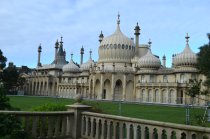 |
 |
 |
 |
 |
 |
 |
 |
 |
The Lanes
This is Brighton's 'old town' area, featuring narrow streets and alleys. I couldn't help noticing the concentration of jewellery shops in the area.
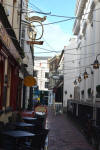 |
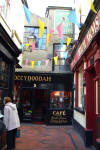 |
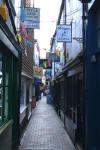 |
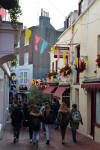 |
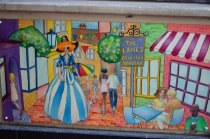 |
General views
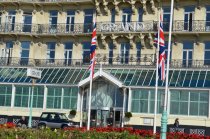 |
 |
 |
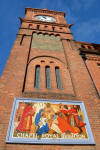 |
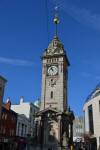 |
|
 |
 |
||||
 |
 |
 |
 |
 |
 |





